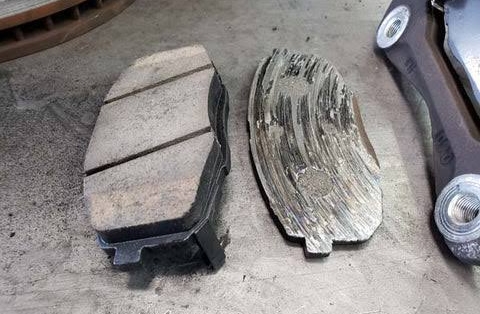Driver Training
Aggressive Lane Switching: A Deadly Habit Among Young Drivers

Across Nigeria’s major highways, one driving habit has quietly grown into a silent killer, aggressive lane switching. Whether in Lagos traffic jams, Abuja expressways, or the Port Harcourt–Enugu corridor, drivers, particularly younger ones, weave in and out of lanes at high speeds, ignoring traffic rules and endangering lives.
Also Read: Why FRSC’s Speed Limit Policy Needs Better Enforcement
This behavior is not just careless; it is statistically one of the leading causes of fatal road accidents in the country.
Why Do Young Drivers Switch Lanes Aggressively?
1. Overconfidence & Peer Pressure
Many young drivers equate speed with skill. In reality, most lack the maturity to anticipate road hazards. Peer pressure, especially when friends are in the car, often fuels the urge to “show off.”
2. Impatience in Congestion
Lagos traffic, infamous for its hours-long hold-ups, tempts drivers to weave between lanes in a desperate attempt to save minutes. Ironically, studies show it saves little to no time but dramatically increases crash risk.
3. Lack of Enforcement
Weak enforcement of traffic lane discipline laws emboldens reckless drivers. With minimal consequences, drivers continue to gamble with lives daily.
Real-Life Consequences
According to the Federal Road Safety Corps (FRSC), over 15% of crashes recorded in 2024 were linked to improper lane usage and sudden lane changes. For example:
In June 2025, a Toyota Camry driver in Abuja veered suddenly into the next lane at 120km/h, colliding with a fuel tanker. Two lives were lost instantly.
On the Lagos-Ibadan Expressway, a mini-bus carrying 12 passengers overturned after its driver swerved recklessly between heavy-duty trucks. Seven passengers sustained serious injuries.
Each case underscores how a “simple lane change” can spiral into catastrophic outcomes.
The Psychology Behind It
Experts describe aggressive lane switching as a combination of impatience, risk-taking, and thrill-seeking. Research by the Nigerian Institute of Transport Technology (NITT) found that young male drivers (18–30 years) are the most prone to this behavior, often underestimating the time it takes for larger vehicles to respond.
How to Curb This Habit
1. Stricter Penalties
FRSC must expand its monitoring of lane violations with mobile cameras and instant fines. Consistent enforcement can deter reckless switching.
2. Driver Education
Campaigns targeting secondary schools and universities should emphasize lane discipline. Young drivers must see safe driving as a badge of responsibility, not weakness.
3. Public Awareness
Billboards, TV ads, and social media campaigns should spotlight real crash victims of lane-switching accidents, hammering home its dangers.
Conclusion
Aggressive lane switching is more than bad driving, it is a time bomb on Nigerian highways. Unless drivers, authorities, and the public take joint action, this deadly habit will continue to claim lives needlessly. Every driver has a choice: to switch lanes recklessly or to arrive home safely.






















